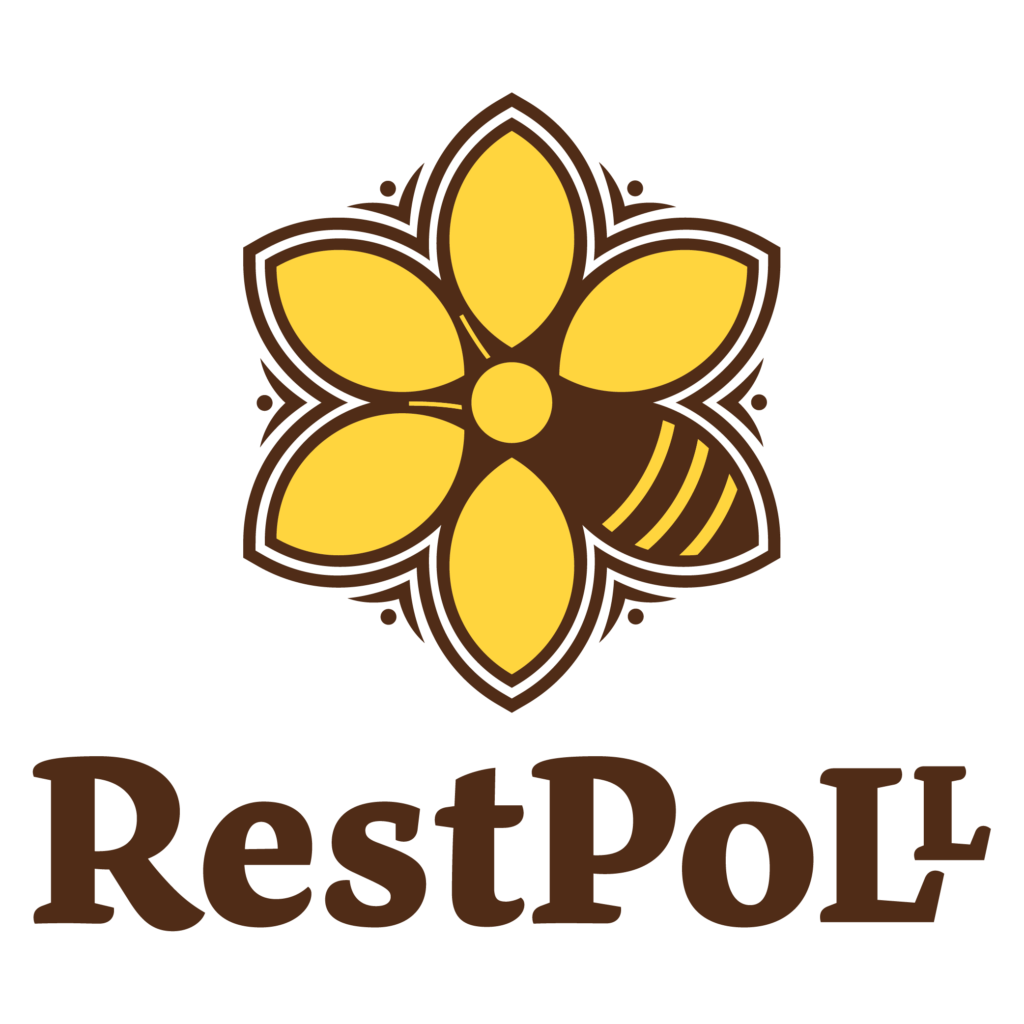The pan-European nature of RestPoll is evident from the various faces and updates of researchers all over the continent. As a research project funded by the European Union, RestPoll derives part of its funding from the EU Horizon Europe Framework Programme. Within this framework, it is categorised as a so-called Innovation Action (IA). What is an Innovation Action and what actions within RestPoll produce this innovation? Let’s see what is cutting edge about RestPoll.
Innovation Action
According to the European Union, Innovation Actions aim to produce “plans or designs for new or improved products, processes or services”. In RestPoll, these plans are for new, altered, or improved restoration measures, specifically for restoring pollinator habitats and services. The funding covers all phases of production, including “prototyping, testing, demonstrating, piloting, large-scale product validation and market replication”. This way, a project can work on a product until it is sufficiently viable for the market that the investment costs ultimately turn a profit. In the project, multiple restorations measures will be tested or demonstrated for their viability in restoring pollinator habitats and their services.
A closer look at the different phases of an Innovation Action offers additional insight into their applicability to RestPoll. The demonstration or pilot phase is intended to gauge the “technical and economic viability of a new or improved technology, product, process, service or solution in a (near to) operational environment”. In turn, the market replication phase should “support the first application/deployment of an innovation that has already been demonstrated but not yet applied/deployed in the market”. So what does that mean?
Co-design
As mentioned above, the “product” that RestPoll develops is a series of restoration measures for pollinators. RestPoll will demonstrate and test the restoration measures using a large-scale validation. This validation is through the process of co-design: working directly with farmers and land owners to implement these measures. The Living Lab in Hungary is an excellent example of the partnership between science and market.
Another instance of co-design is found within Agroscope, centre of excellence for agricultural research in Switzerland. According to the Swiss system, farmers must dedicate 3.5% of their land surface to biodiversity protection. As a result, many sites co-design measures together with government bodies and land owners. As Thibault Costaz at Agroscope says, “we selected sites which were implemented with specific features decided by a network of farmers, local authorities and conservation NGOs”.
There are even more ways in which RestPoll is an innovation. For one, it is a “first” in that it is a uniquely pan-European approach to pollinator conversation using co-design. For another, RestPoll assesses this approach in the “operational environment” of real-life farms with economic as well as ecological targets. As a result, the project’s research and development activities align with market conditions for farmers, from which both parties seek to benefit.
RestPoll’s products
Likewise, innovative actions within RestPoll take many forms. One task within the project is piloting new methods for rapid assessment of pollinators for research. While the usual structured walks take time and expertise, the new method would be simple and quick for the land managers to employ themselves. Such innovations help not only individual Living Labs, but farms and scientists across Europe.
Another task evaluates and calculates the economic value of ecosystem services, using the method of Payments for Restoration-mediated Pollination Services (PRSP). This process will evaluate all groups of stakeholders who benefit from pollinator services. The mechanism is unique in that it will be based on results from within the project and will be analysed at multiple levels: the ecological impact, socio-economic analysis and social dynamics.
Equal opportunity
Just as farmers and researchers set out to meet each other on even ground, there is one final way in which RestPoll is truly an innovative action. The EU Framework also includes requirements for gender equality in projects, such as training activities in gender issues. RestPoll has incorporated this requirement into its coordination of Living Labs, in which Zehra Başaran and her colleagues aim to promote “colourful harmony” among projects.
The research within the RestPoll project is carried out by men and women in a diverse range of European countries, from Ireland to Greece. RestPoll thus promotes diversity not only in the innovate ways to protect pollinators, but also through the varied backgrounds of its staff.


